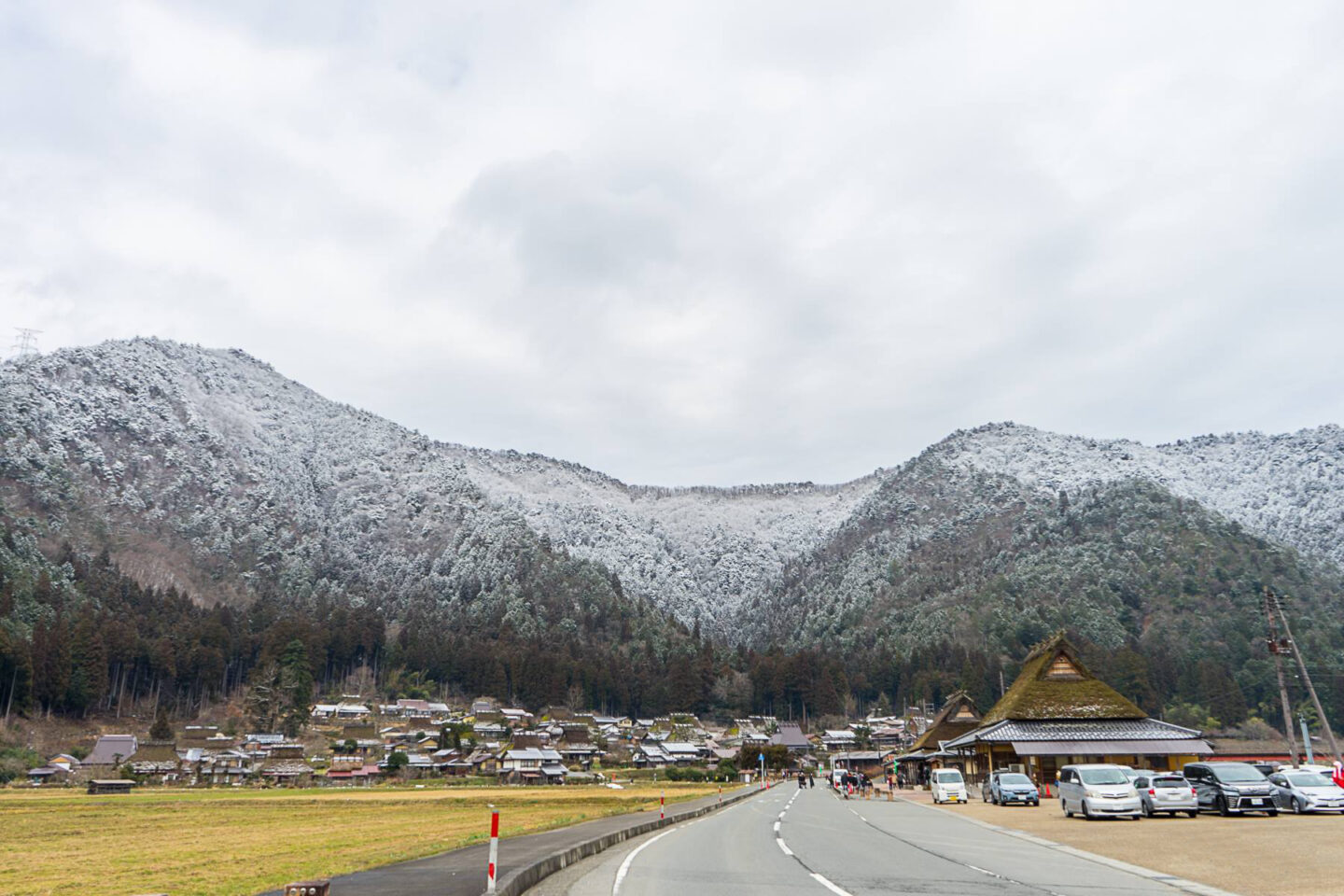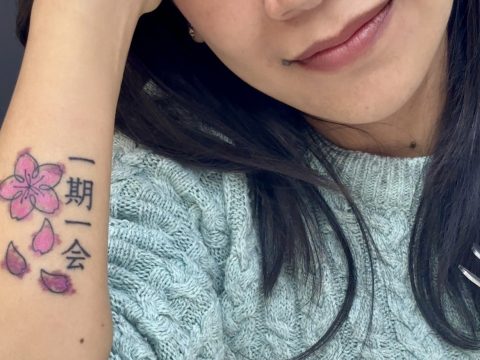Calling all matcha lovers and history buffs! Kyoto, Japan’s cultural city, isn’t just about temples and green tea (though those are pretty awesome too). Did you know that this place used to be the capital of Japan? Is it a mere coincidence that Kyoto is just a jumbled letter of Tokyo? Over the years, it’s seen its fair share of fires and wars, but luckily the city’s cultural and historical significance persuaded officials to spare it from bombing during the WWII. This explains why Kyoto today offers an abundance of magnificent temples and shrines, standing as testaments to its enduring legacy.
Thinking about visiting Kyoto? Hey, even a day trip is worth it! But heads up – this place gets packed especially during the holidays. To avoid the crowds and really soak up the city’s magic, consider visiting during off-peak hours (early mornings, late nights) or during the winter (think February chills). Trust me, battling hordes of tourists is no way to experience Kyoto’s charm.
Convinced? Here’s your ultimate guide to navigating Kyoto like a pro, avoiding the crowds, and diving into its fascinating history, culture, and beauty.
***
Planning a trip to Tokyo and Osaka as well? Be sure to check out my Tokyo and Osaka Travel Guides.
P.S. You may also want to READ my articles “What You Need to Know Before Traveling to Japan” and A Step by Step Guide in Applying for a Japan Tourist Visa for Filipinos.
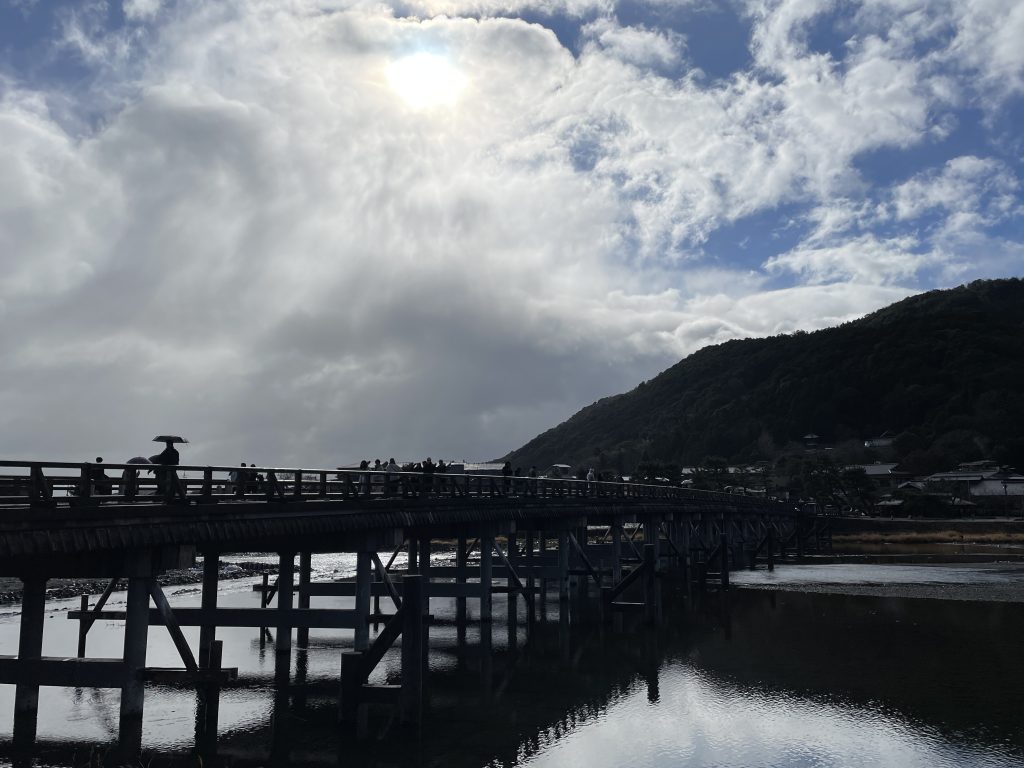
GETTING TO KYOTO, JAPAN
The easiest way to go to Kyoto is of course by rail. If you’re already in Osaka, the train ride takes only about 30 minutes. Coming from Tokyo, the fastest (though most expensive) option is the Shinkansen bullet train. This whisks you to Kyoto in just 2 hours and 30 minutes.
COMING FROM OSAKA: (This direction will vary depending on your starting point)
- Go to Osaka Station (ride the JR Tokaido Sanyo Main Line Local)
- Get down at Shin-Osaka (Ride Nozomi Line)
- Get down at Kyoto Station
COMING FROM TOKYO:
- Go to Tokyo Station
- Ride the Shinkansen Nozomi Express
- Get down at Kyoto Station
COMING FROM NAGOYA:
- Go to Nagoya Station
- Ride the Nozomi train to Shin-Osaka
- Get down at Kyoto Station
Note: For train fares and to check the route that’s more efficient for you, I recommend that you download the Hyperdia App on your cellphone.
THINGS YOU NEED TO KNOW:
Accommodation: Unlike Tokyo and Osaka, where the train network reigns supreme, Kyoto relies primarily on buses for public transportation. So when in Kyoto, your best bet for easy access to the city’s sights is to find accommodation close to Kyoto Station. This is especially convenient if you’re on a tight schedule, as Kyoto Station serves as the central hub for most city buses. Since finding a hotel right next to a bus stop might be challenging when booking online, staying near Kyoto Station, where the bus terminal is, would actually be a good idea. However, if you crave a more relaxed vibe, consider staying in a quieter area. Ultimately, the best place depends on your itinerary and what you want to experience!
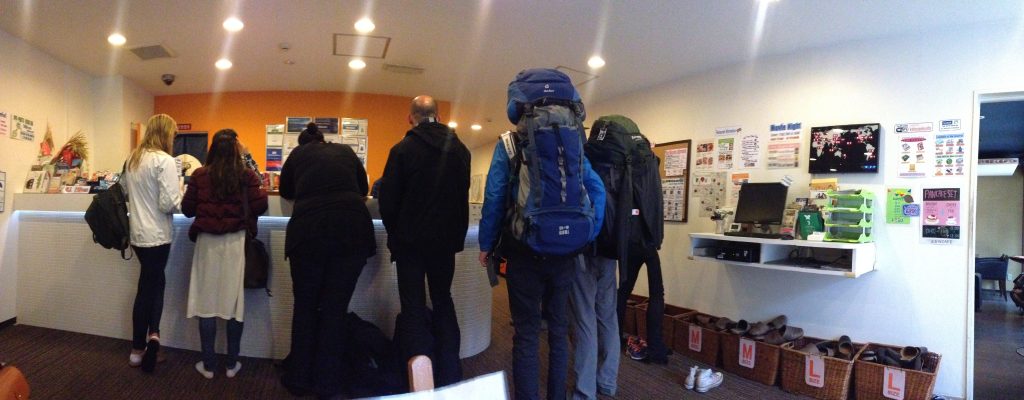
SUGGESTED ACCOMMODATIONS:
K’s House Kyoto – Backpackers Hostel
Kyomachiya Ryokan Sakura – Urushitei
Homm Stay Nagi Arashiyama Kyoto By Banyan Group
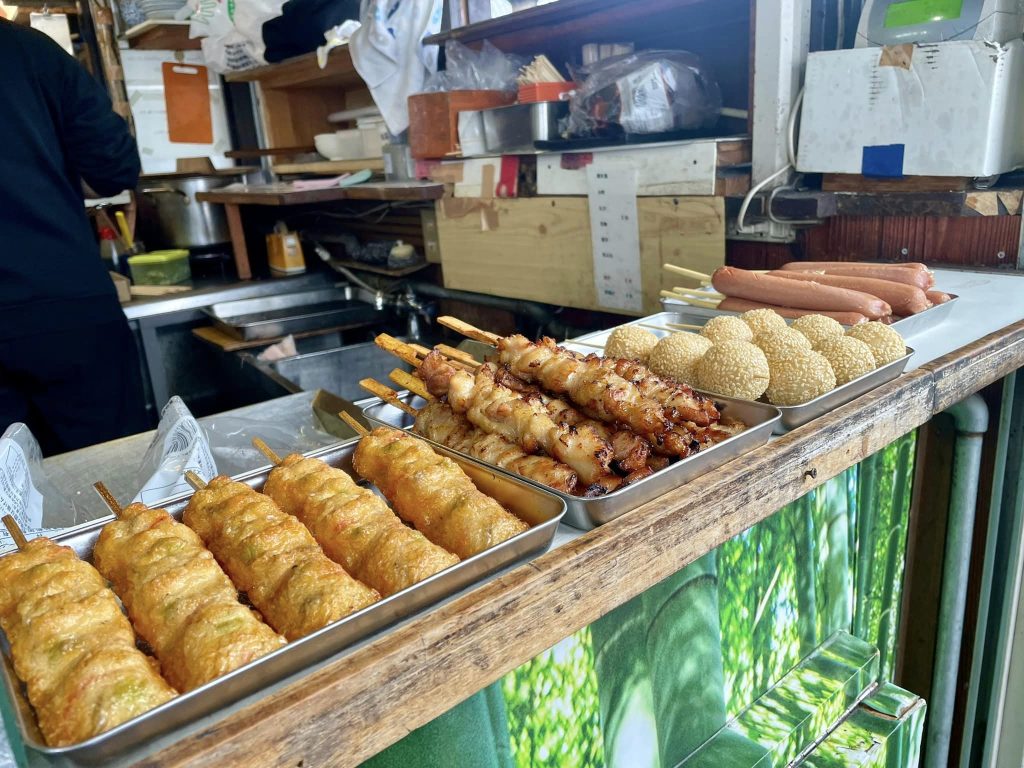
Meal: Sure, Japan’s a haven for foodies, but Kyoto ups the ante! As the birthplace of matcha, can you truly say you’ve experienced Kyoto if you haven’t indulged in its matcha and delectable treats? From creamy ice cream to decadent cakes, Kyoto lets you experience this vibrant green powder in countless delicious ways, offering a matcha wonderland for every taste bud.
Craving a unique dining experience? Try your luck at snagging a reservation at Kichi Kichi Omurice. This quaint restaurant in Nakagyo Ward gained so much popularity, especially online. Thanks in part to Chef Motokichi Yukimura’s playful charm and the captivating live cooking experience, they are always fully booked and blessed!
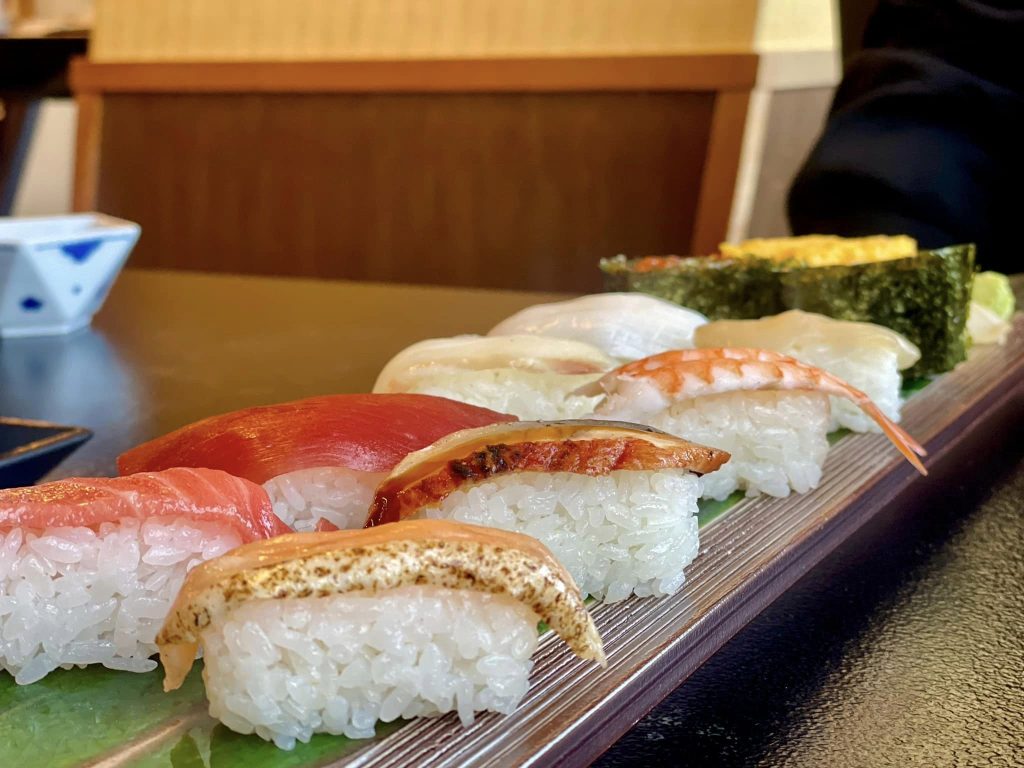
Transportation: Kyoto residents primarily rely on buses to navigate the city. However, a recent surge in tourism has led to crowded buses, causing frustration for locals. To address this, the city government is considering introducing a “sightseeing express bus” that would ferry tourists to major attractions.
Having experienced the long lines, extended waits, and packed buses myself, I can tell you this express bus would be a win-win, even with a slightly higher fare. Tourists would enjoy a more comfortable journey, while locals could breathe a sigh of relief on regular city buses. By the way, for convenient fare payment, consider getting an ICOCA card. It works on Kyoto city buses, saving you the hassle of counting coins!
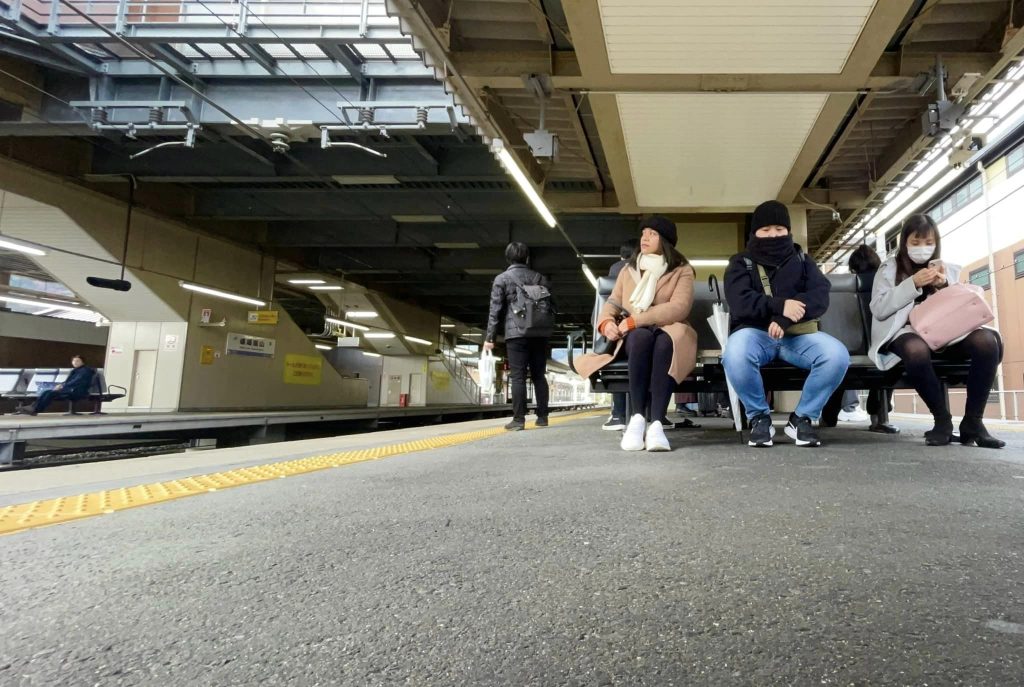
Touring: Exploring Kyoto is easy! With some planning and a handy map app, you can navigate by train or bus like a pro. However, if wintertime beckons and you crave a snowy escape in Kyoto’s mountainous regions, consider joining a tour group. Public transportation there is limited, and tours offer a convenient and hassle-free option. Want to explore these snowy escapes? Check out Japan Bus Online for tour options!
THINGS YOU NEED TO HAVE:
Comfy footwear. You will do lots and lots of walking and standing, so make sure your shoes can last you from morning till evening. Whenever I’m in Japan, my average step count is 8,000-20,000.
Camera or Smartphone with a nice camera. Kyoto is undeniably charming, especially with fewer crowds. Taking photos can be tricky, but try visiting early mornings or lesser-known spots for those picture-perfect moments!
Money. Bring enough cash with you. Some establishments don’t accept credit cards.
Medicine. There are many pharmacies in Japan, but it’s better to bring your own medications, especially when you’re visiting during winter or spring. Better to be safe than sorry, especially if you have allergies to certain medicines.
WiFi: You can book one from Klook or rent one upon arrival at Kansai Airport or Narita/Haneda Airports.
BUDGET: The budget for your Kyoto trip depends on the length of your stay, accommodation, and food choices. On my previous trips, I only stayed for one night, while the others were a guided tour in Miyama and a DIY tour exploring specific areas of Kyoto. Using Osaka’s prices as a reference (they’re quite similar), a budget of Php40,000-50,000 per person should cover a comfortable 4-5 day trip in Kyoto. This includes everything, even souvenirs, but excludes your plane ticket to Japan.
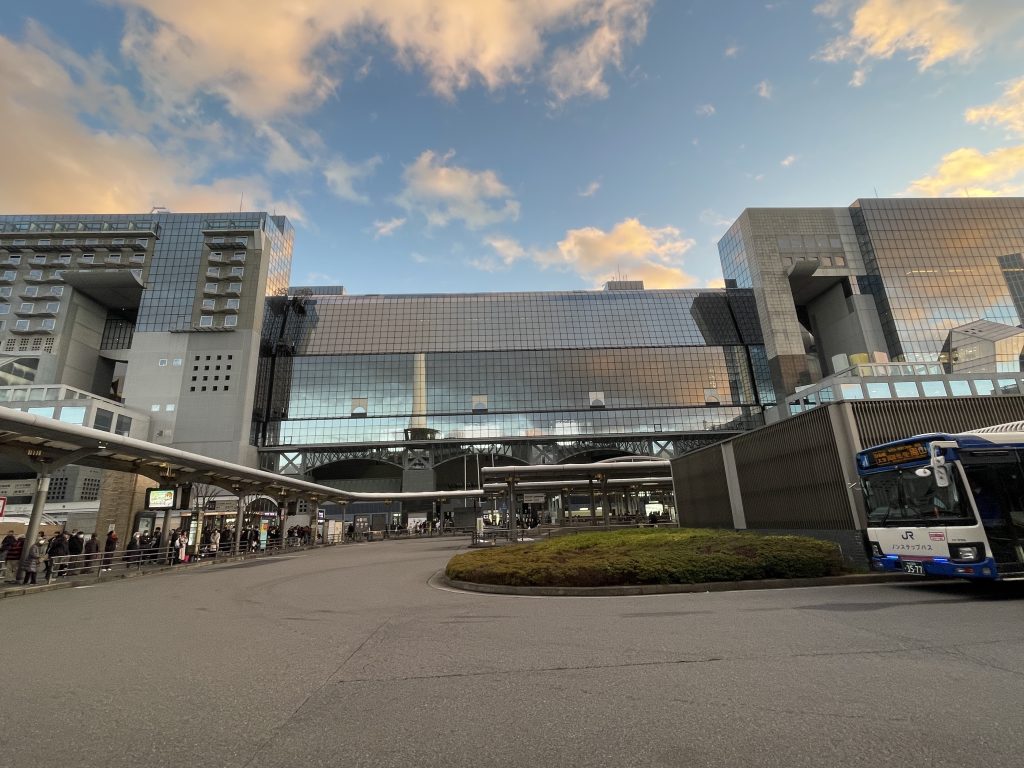
KYOTO, JAPAN DAILY ITINERARY
Note: This itinerary was based on my recent visits to Kyoto from Osaka. Two of my three visits were day trips. So, if you are planning to stay in Kyoto for a few days, you can easily expand on this itinerary. Spread these visits out to explore at a leisurely pace, discover even more shrines and temples, or venture into the charming surrounding suburbs.
When in Kansai Region, make sure to visit Japan’s former capital, Kyoto. Just a word of caution though that since Kyoto is highly popular among tourists, some places, even shrines, tend to be crowded, so plan your itinerary carefully.
Coming from Namba Station, ideal time to leave and take the train to Kyoto is around 6:00AM. Travel time would eat up about an hour or so depending on your pace. Train will just take 30 minutes but take into account your walk, transfers, and getting lost at times.
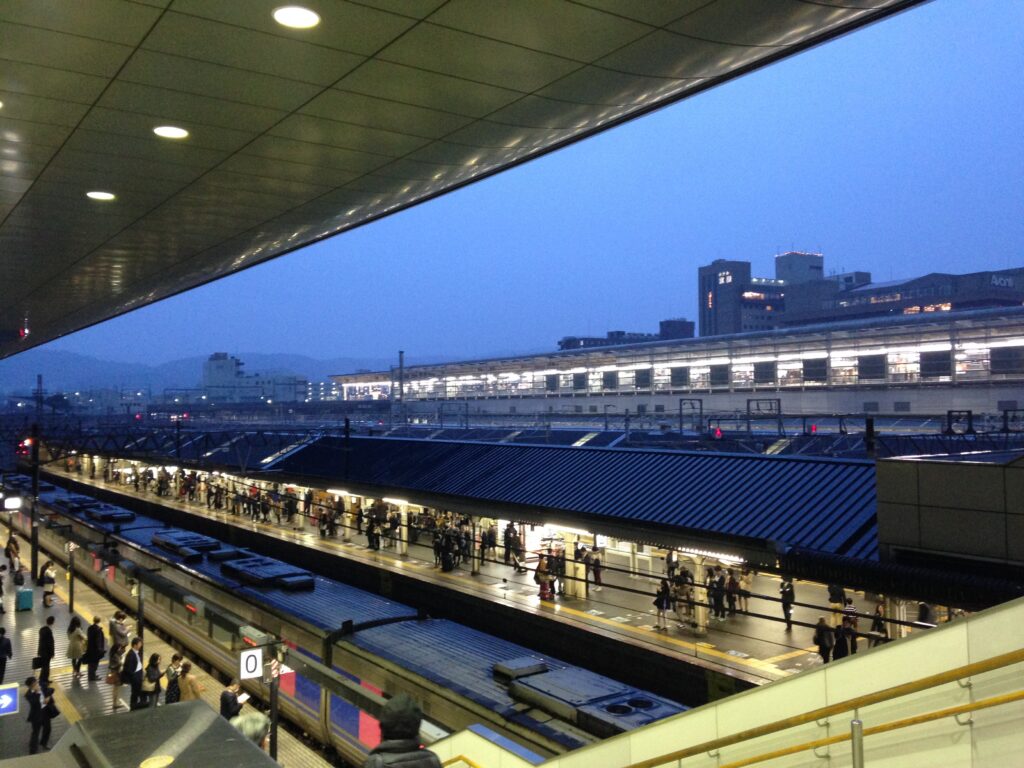
Arsahiyama Bamboo Grove. If you are planning a trip to Kyoto, you’ve probably seen photos of the towering bamboo groves in the village of Sagano. Arashiyama’s serene bamboo forest is a paradise for nature lovers. However, a word of caution: Arashiyama’s Bamboo Forest tends to get quite crowded, making it a challenge to capture the perfect Instagram-worthy solo photo. That said, if you want to capture the sun gently peeking through the bamboo foliage, and avoid the large crowds, try to visit the bamboo grove early in the morning.
How to get there: From Kyoto Station, take the JR San-in or Sagano Line to Saga-Arashiyama Station. It’s a 15-minute walk to the Bamboo Grove from there. Consider using a GPS app to help you navigate if needed.
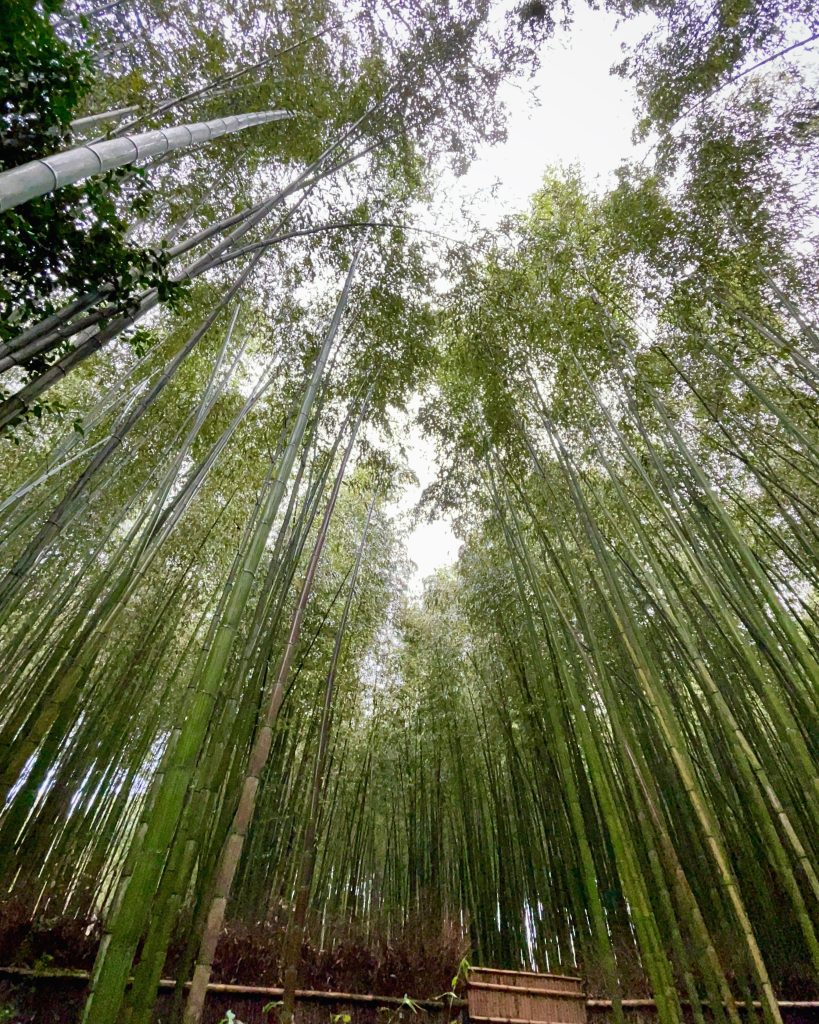
Fushimi Inari Shrine. This shrine, located just outside JR Inari Station is famous for its thousands of vermilion torii gates. It was said that this shrine is dedicated to Inari, the deity of a good harvest and success in business, Fushimi Inari Taisha is the head of all of Japan’s Inari shrines.
Before entering the shinto shrine, you will be greeted by fox statues. Foxes are thought to be Inari’s messengers, hence fox statues can be found across the shrine grounds.
How to get there: After visiting the Bamboo Grove, head back to Saga-Arashiyama Station and catch the JR San-in or Sagano Line back to Kyoto Station. Once at Kyoto Station, transfer to the JR Nara Line and get off at Inari Station for Fushimi Inari-taisha.
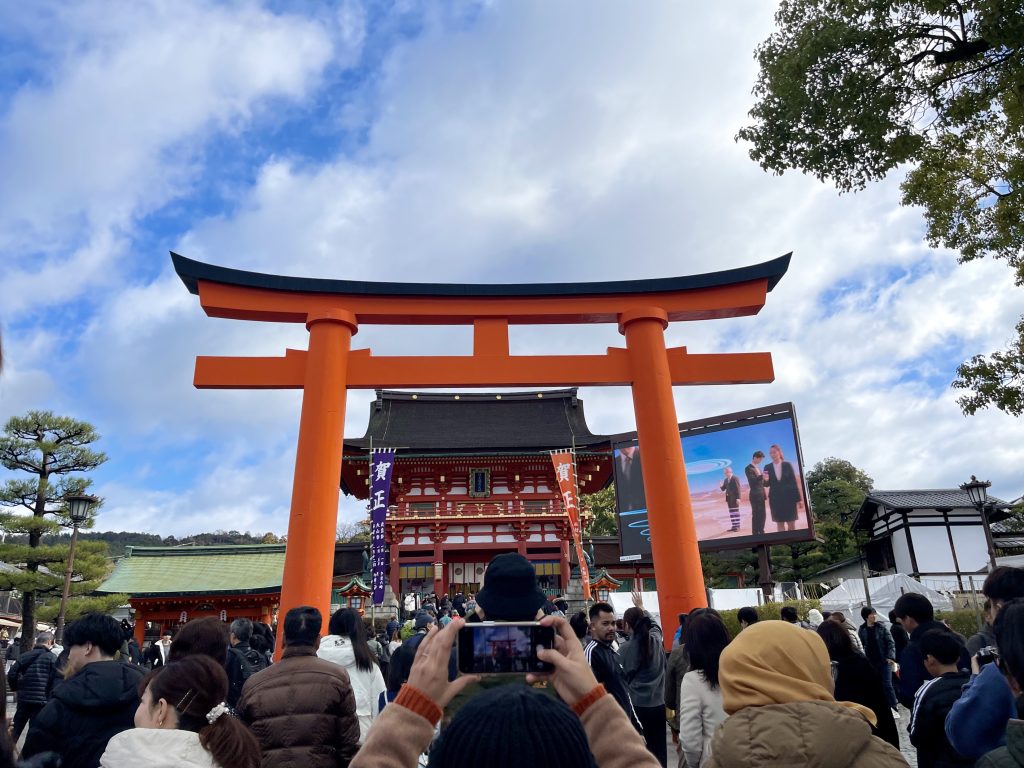
The journey along the seemingly endless path, adorned with a thousand vibrant orange torii gates, typically takes between two to three hours to ascend and descend the mountain, depending on your pace. If you’re prepared for a bit of a workout and wish to enjoy a stunning view from the summit, a trek to the top is a rewarding choice, although it may not be ideal if you’re short on time. To capture awesome photos with fewer people in the frame, consider venturing a bit farther from the entrance. To avoid the crowds, it’s advisable to visit Fushimi Inari Shrine during the early morning hours, between 7 and 8 am or even at night. After all, the shrine is open 24/7, and admission is absolutely free.
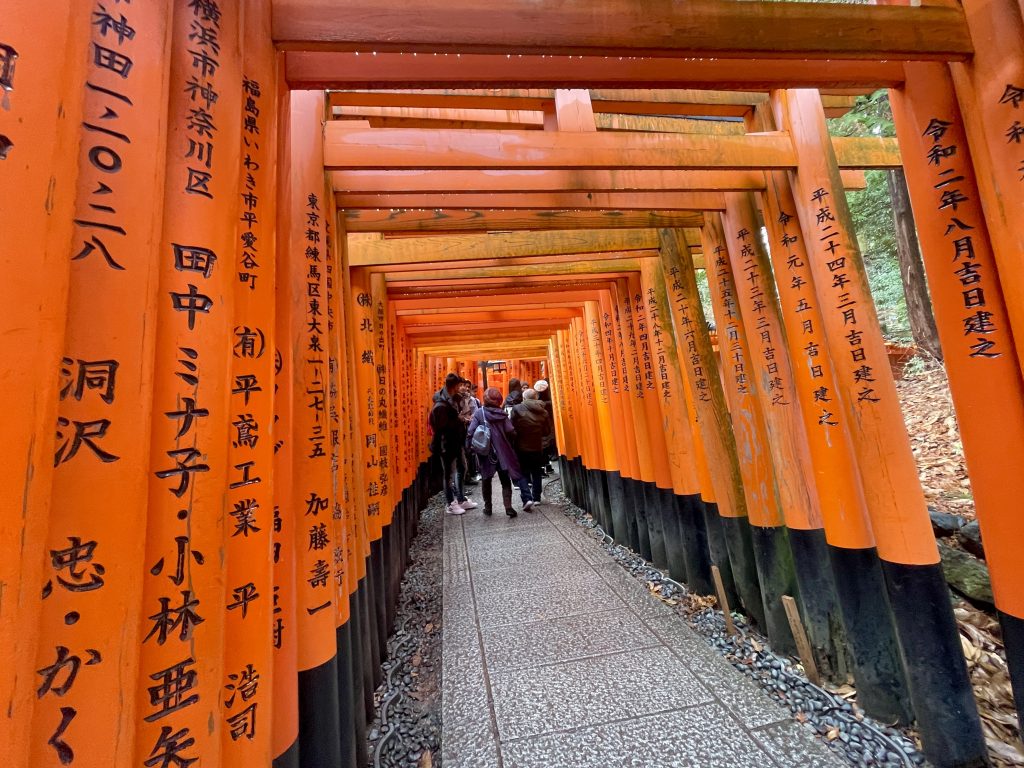
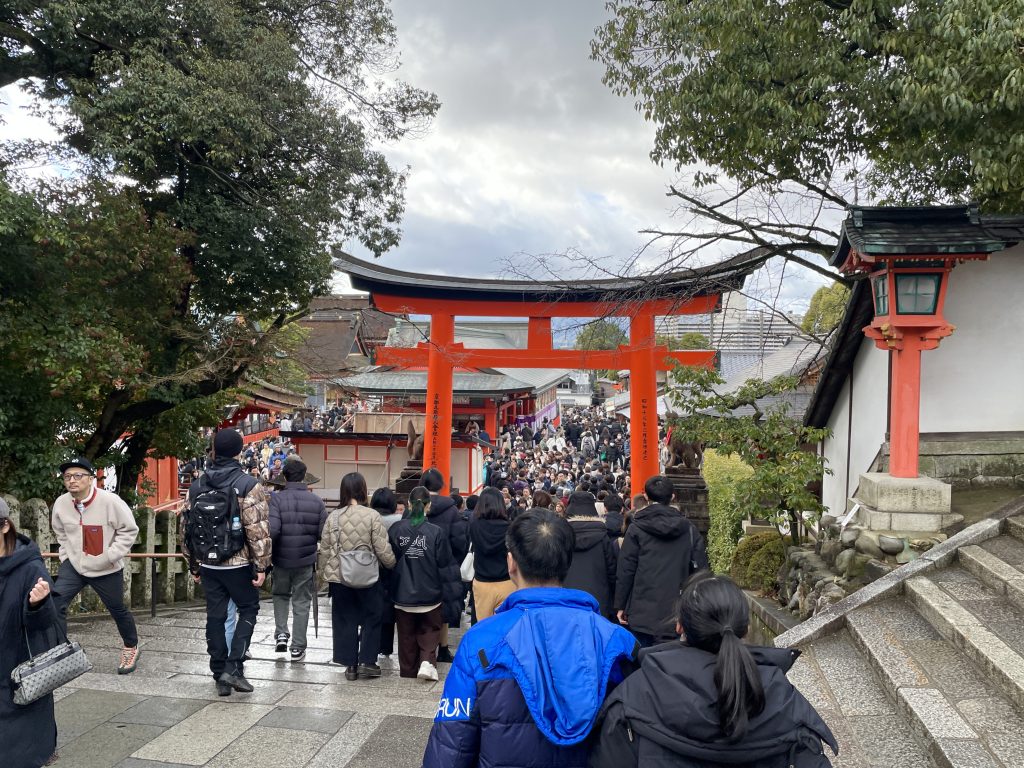
Higashiyama District. This area is one of Kyoto’s most well-preserved historic districts. If you want to experience the traditional and old feeling of Kyoto, this narrow alley should definitely be on your list when you’re in Kyoto! There are so many beautiful spots to take great photos, but again, the place is best experienced very early in the morning or late evening.
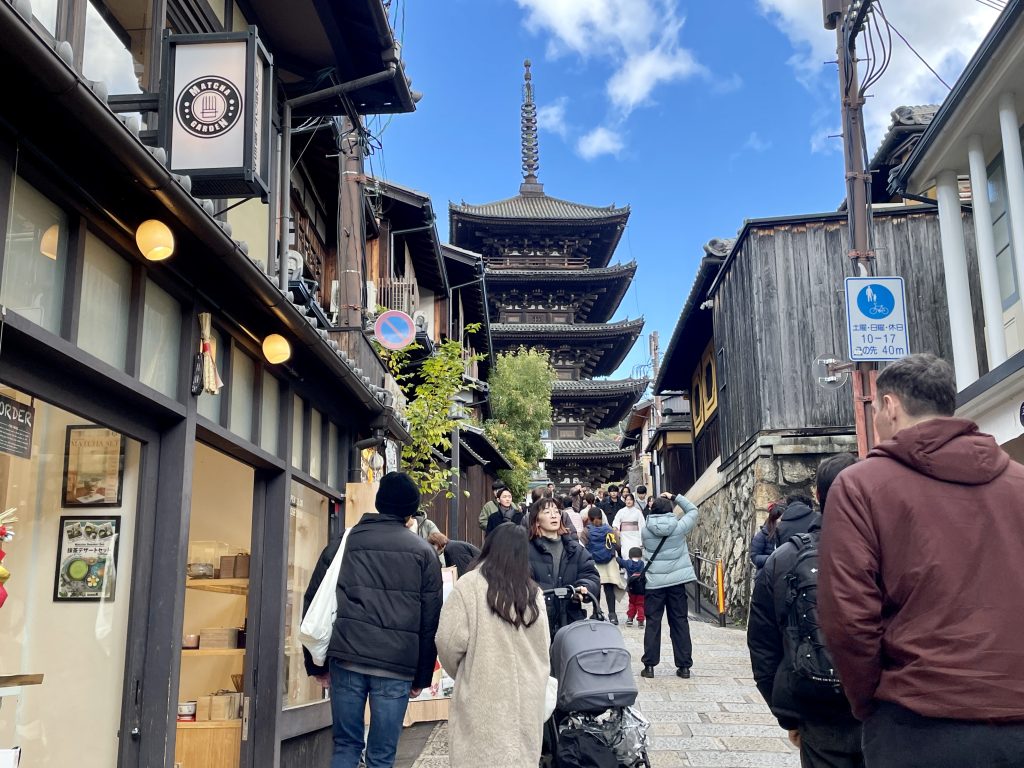
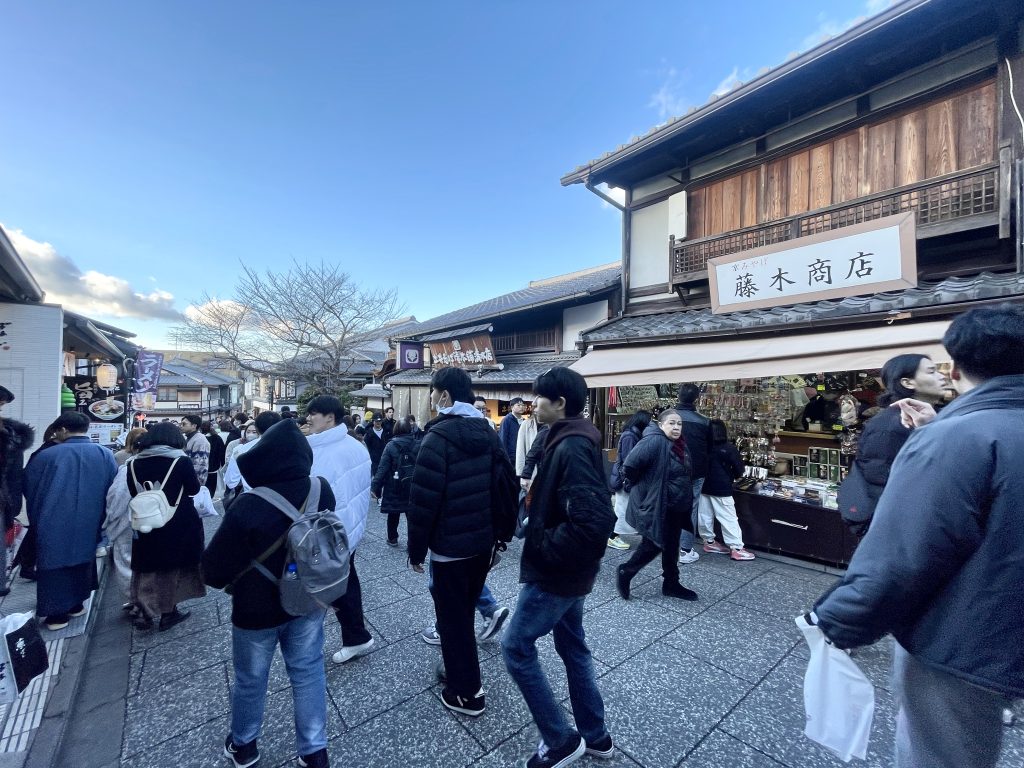
If you’re on a day trip and want to avoid crowds at both Arashiyama Bamboo Forest and Higashiyama, it’s a tough call. Here’s my suggestion: In my experience, start with Higashiyama.
WHY? Here’s a breakdown of each location:
- Arashiyama Bamboo Forest: With some creative angling, you can still get great photos throughout the day, even with crowds.
- Higashiyama: The crowds in Higashiyama can be overwhelming, making perfect crowd-free photos difficult. Aim for early mornings or late evenings for the best experience.
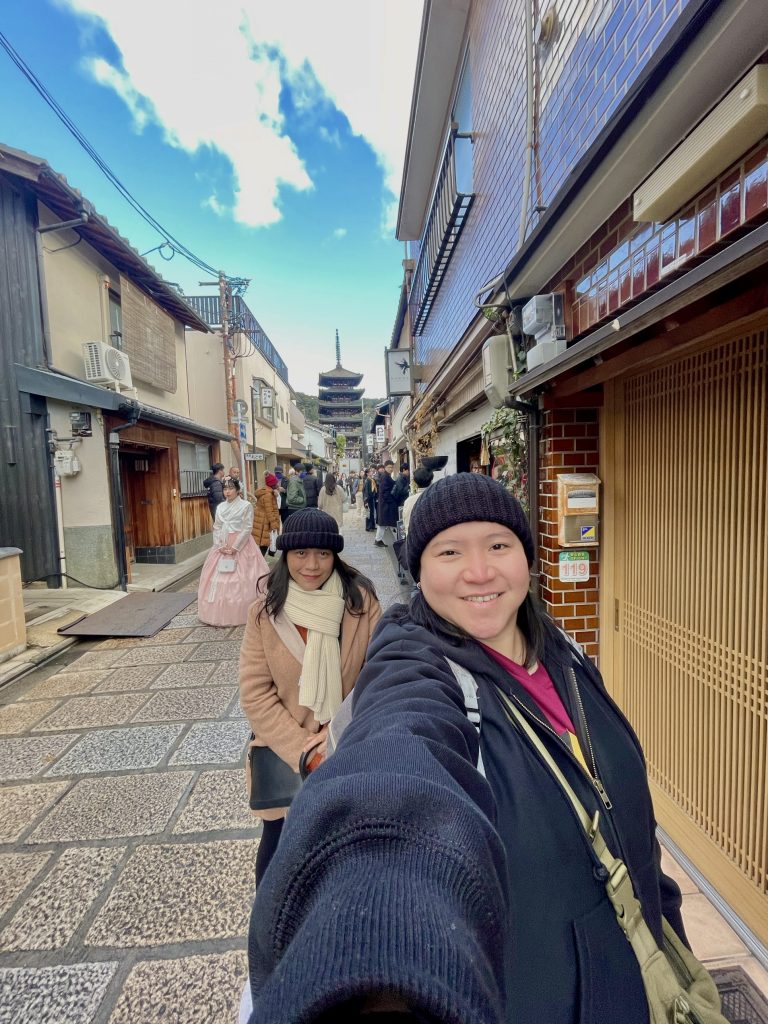
However, if you have more time and want to experience both with fewer crowds, head to Arashiyama Bamboo Forest early in the morning and try your hand at creative angling for unique photos. Then, visit Higashiyama in the late evening for a calmer experience.
Important Note: This option requires staying in Kyoto or being comfortable with a late return to Osaka.
How to get there: After Fushimi Inari, head back to Kyoto Station. From Kyoto Station, get out of the station and find Bus Stop D2. Ride Bus No. 206, get off at Kiyomizu Michi Bus Stop, then walk a few minutes to Higashiyama or Ninenzaka.
Kiyomizu Dera Temple. Kiyomizudera Temple is famous for its large wooden terrace overlooking the beautiful city of Kyoto and nice views of the numerous cherry and maple trees. From vibrant spring blossoms to fiery autumn leaves, Kiyomizudera’s beauty transcends the seasons, making it a worthwhile visit any time of year.
Nestled behind Kiyomizudera Temple, Jishu Shrine offers a unique experience for love seekers. Feeling adventurous? Test your luck (and maybe find love!) by walking blindfolded between the two matchmaking stones at Jishu Shrine.
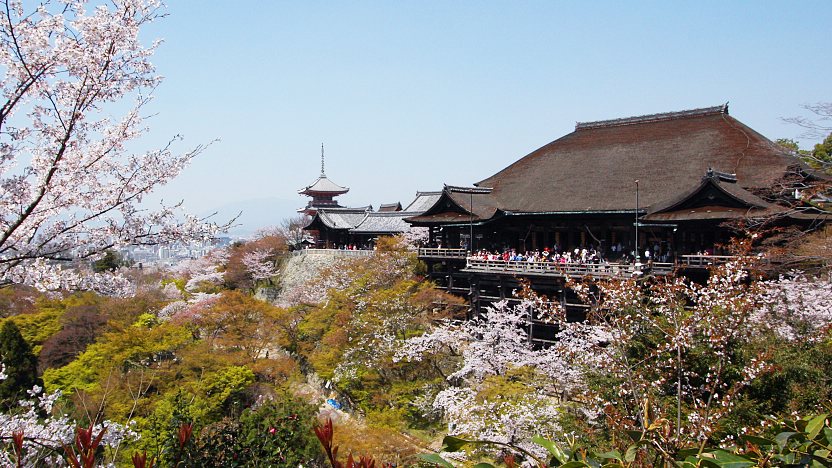
Though the hills leading to the temple are fairly steep, just consider the 15-20 minute uphill walk as your cardio exercise and enjoy the sceneries and quaint shops and tea houses. After all, the view from the temple would be absolutely rewarding.
Similar to Higashiyama, Kiyomizudera unveils its magic during sunrise or sunset, offering a more peaceful experience with fewer crowds.
ADMISSION FEE: ¥400
Ginkakuji Temple. Ginkakuji (Silver Pavilion) might have “silver” in its name, but unlike its counterpart Kinkakuji (Golden Pavilion), it wasn’t built with a shimmering silver coating. In 1482, Shogun Ashikaga Yoshimasa built his retirement villa, modeled after his grandfather’s famed Kinkakuji, on the site of today’s temple. After his death in 1490, the villa was converted into a Zen temple.
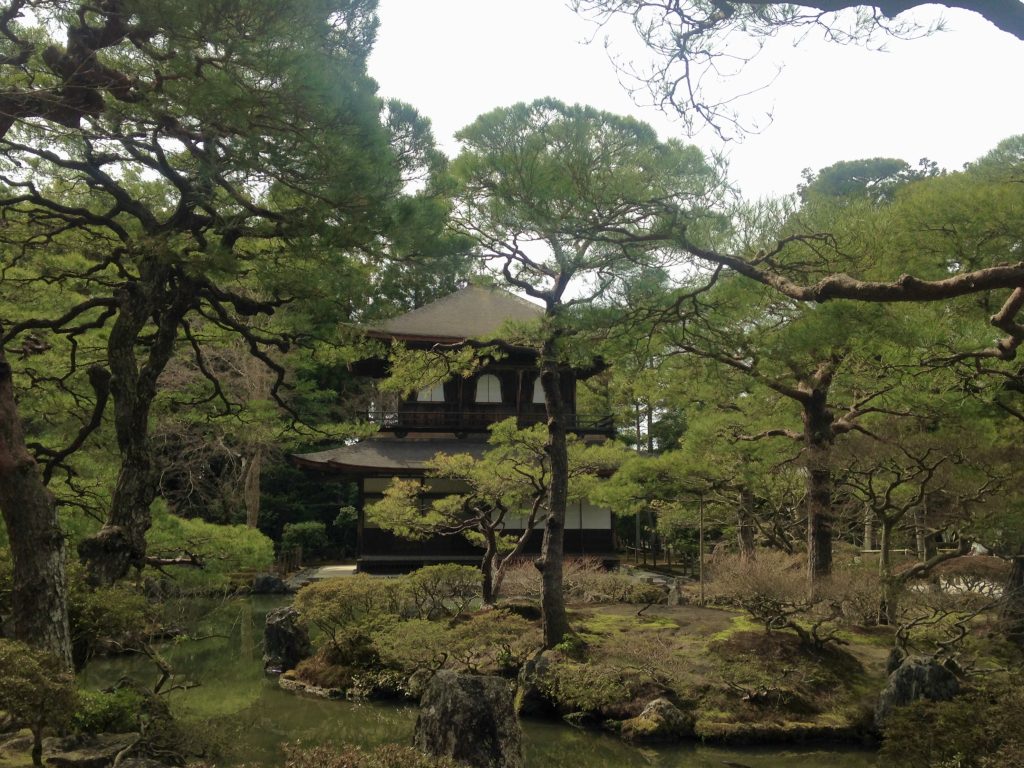
For lovers of zen gardens, Ginkakuji offers a must-visit experience. The sand garden, moss garden, camellia flowers, ponds, and bridges all contribute to the serene atmosphere. If you’re looking to create your own zen garden at home, the grounds of the Silver Pavilion offer fantastic inspiration. Ginkaku-ji perfectly embodies the Japanese aesthetic of wabi-sabi—the art of finding beauty in imperfection. And because of its stunning beauty and deep cultural significance, Ginkaku-ji was designated a UNESCO World Heritage Site in 1994.
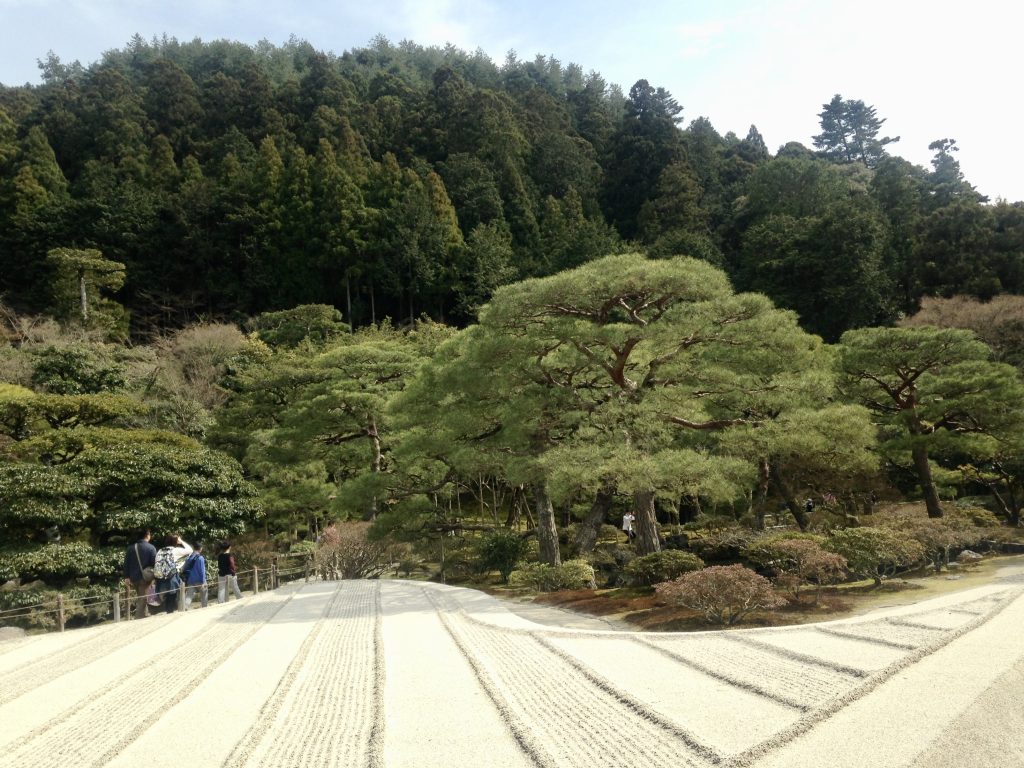
Upon exiting the temple, walk just a short distance to find the famed “Philosopher’s Path.” While the Philosopher’s Path isn’t lined with grand sights, it offers a serene two-kilometer stroll along a stone walkway leading to the Nanzen-ji neighborhood. It’s perfect for relaxing and unwinding, or enjoying a moment of self-reflection, especially during the quiet seasons outside of Sakura season.
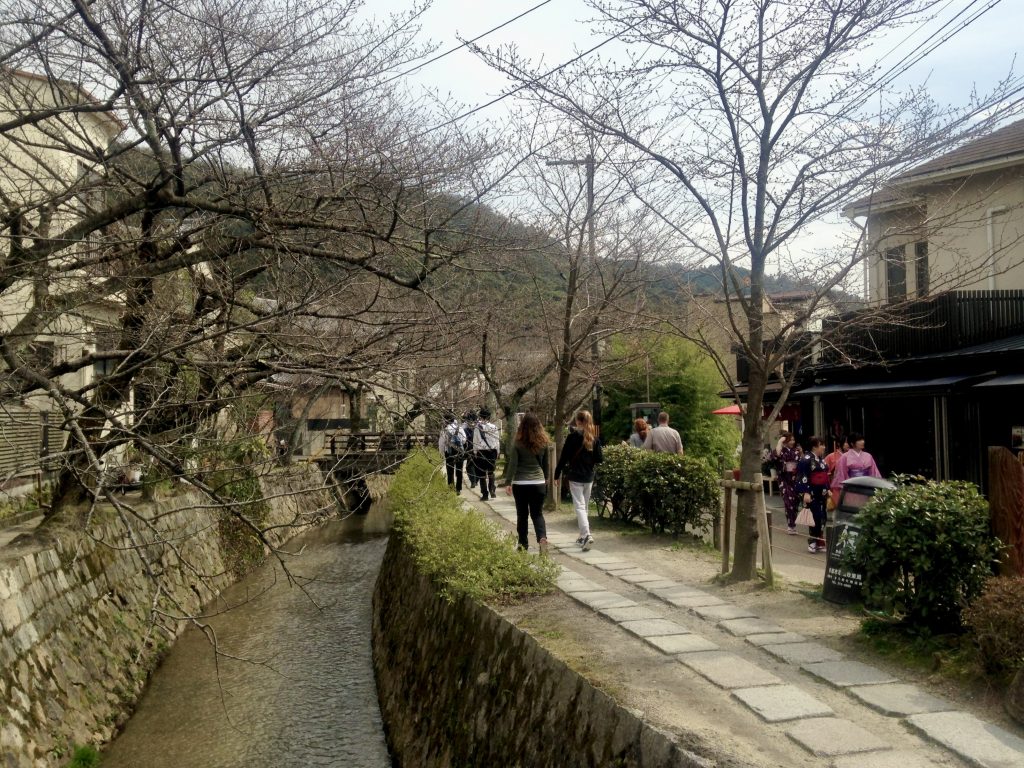
ADMISSION FEE: ¥500 for adults
How to get there: To get to Ginkakuji Temple from Kyoto Station: Take bus number 5 or 17 and get off at either Ginkakuji-mae or Ginkakuji-michi bus stop.
***
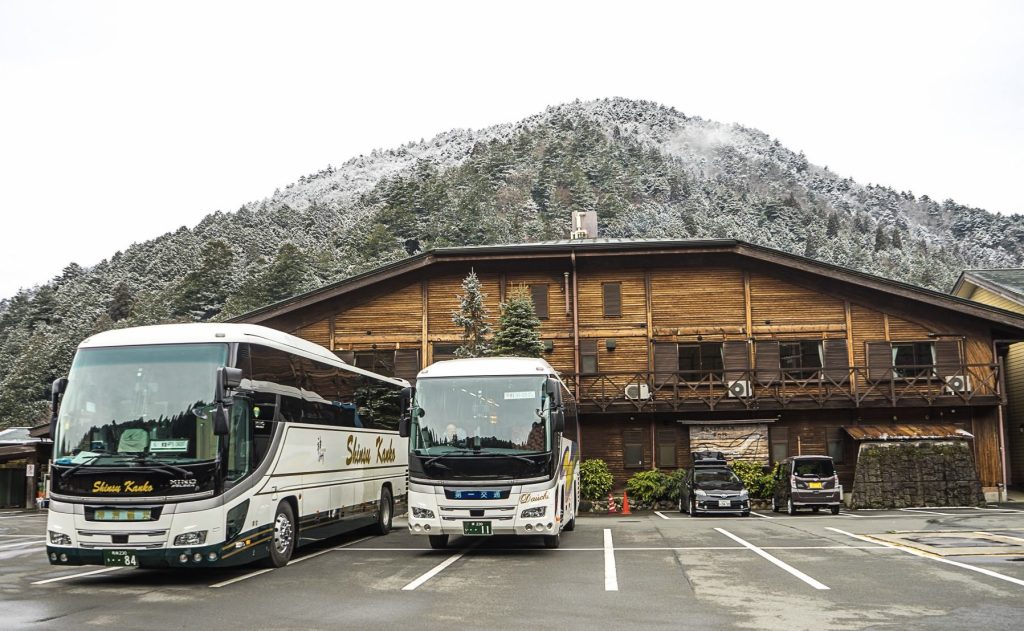
The Miyama guided tour lasts a whole day, which might be challenging if you want to visit other parts of Kyoto on the same day. To fully experience Miyama and avoid rushing, it’s recommended to book this tour for a separate day.
Miyama Nature & Culture Village Tour:
Miyama Thatched-roof Village. Miyama, a remote and rural area nestled in the mountains 30 kilometers north of central Kyoto, is renowned for its traditional thatched-roof (kayabuki) farmhouses.
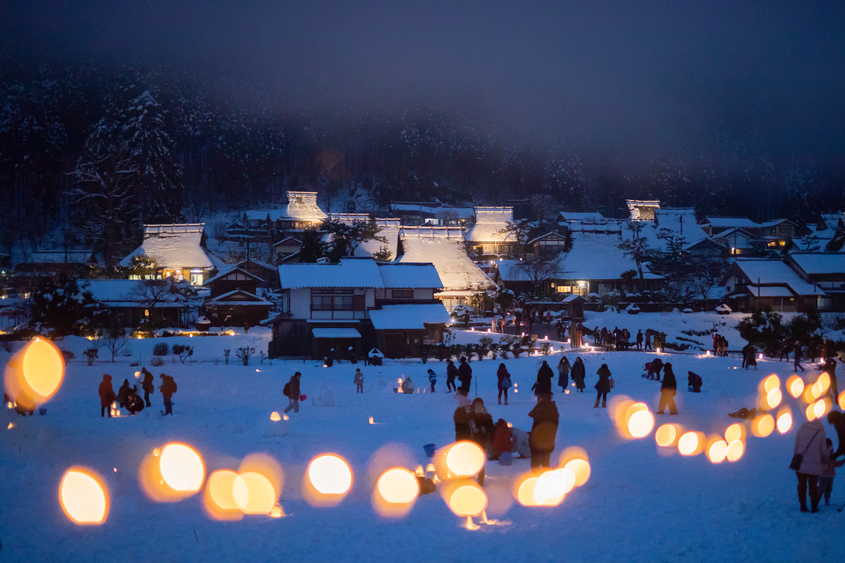
In my opinion, the best time to visit Miyama is during the winter season, especially during the magical Snow Lantern Festival, typically held in the last week of January and continuing through the first week of February. The entire village transforms into a breathtaking winter wonderland, illuminated by the soft glow of countless snow lanterns.
While the Miyama Thatched Village is included in the village tour, you can explore independently (DIY) and extend your stay in this charming village. To fully immerse yourself in the festival’s beauty, consider staying overnight in Miyama. The Miyama Snow Lantern Festival Overnight Stay package offers a truly unforgettable experience, although it does come at a premium price.
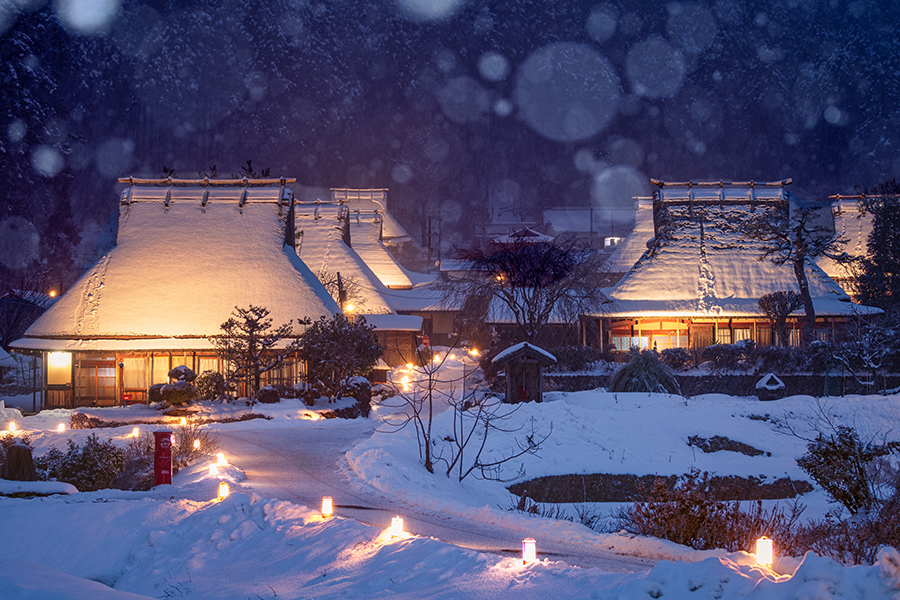
For more information on festival events and tours, visit the official website of Kayabuki-no-sato (Thatched Roof Village).
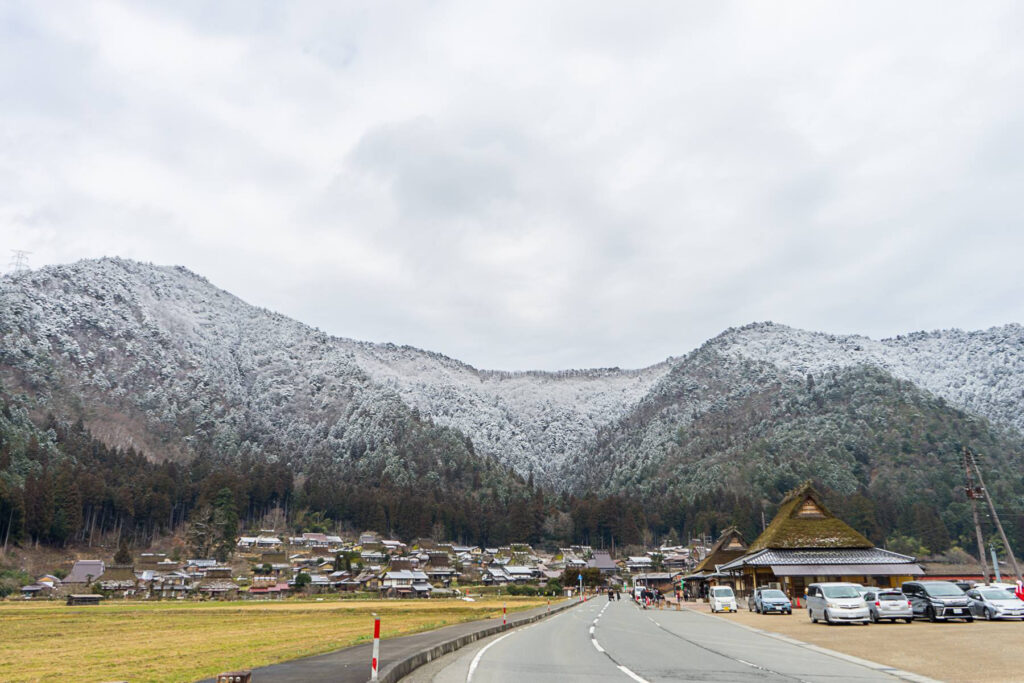
Don’t have much time or moolah to spend? Joining a group day tour to Miyama is a convenient and affordable option. While I couldn’t find the exact tour we took that included all these destinations, many tours typically cover:
- Thatched Village (Kayabuki no Sato)
- Miyama Town Nature and Culture Village
- Oishi Shuzo Brewery Miyaji Sake Museum
For more information:
- Visit Japan Bus Online
- Inquire at Keihan Kyoto Kotsu Reservation Center: Tel: +81 (0)771-29-6113
If you’re specifically interested in experiencing the magical Snow Lantern Festival, consider booking a one-day excursion tour.
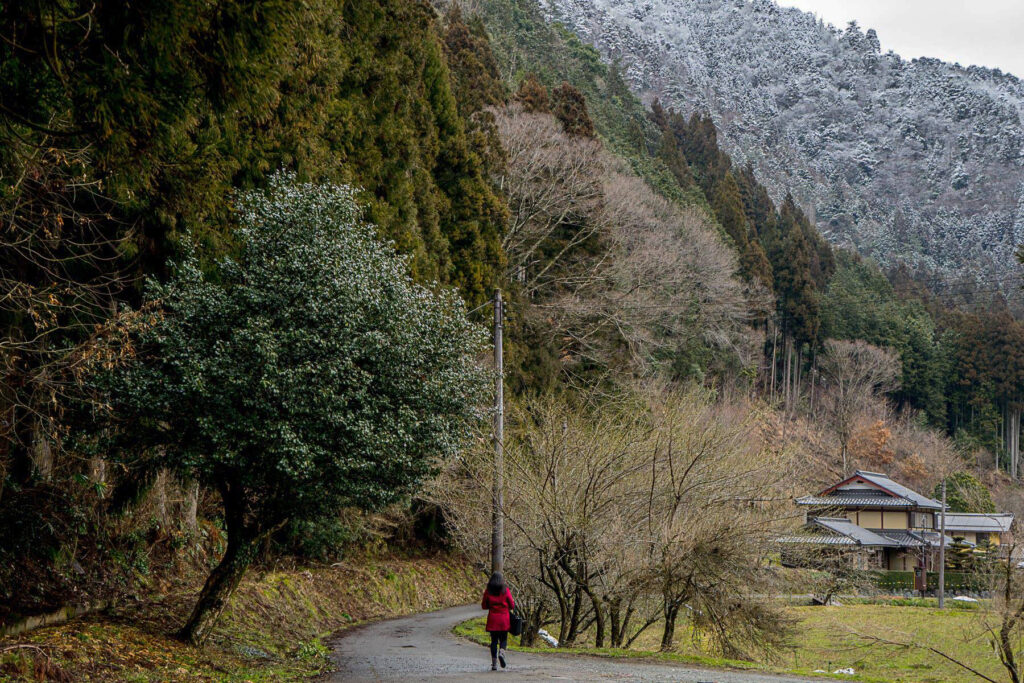

While a little planning goes a long way in Kyoto, the rewards are truly unforgettable. After all, Kyoto’s magic unfolds with careful planning. So, whether you’re drawn to its ancient temples, vibrant gardens, delicious foods, hidden alleyways, or the beauty of nature, Kyoto promises an unforgettable journey. By considering these tips and crafting a thoughtful itinerary with the right timing, you can avoid peak crowds and fully appreciate Kyoto’s real magic.
Mata ne, Kyoto!

